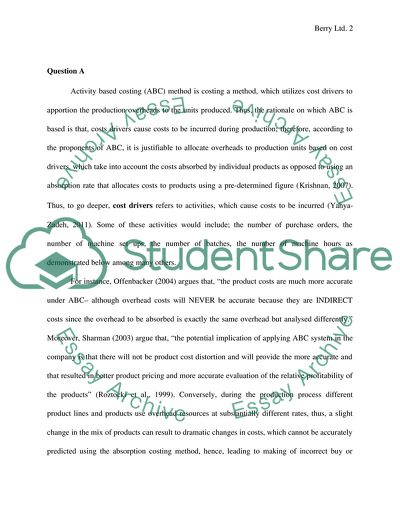Cite this document
(“Management finance Essay Example | Topics and Well Written Essays - 2500 words - 1”, n.d.)
Management finance Essay Example | Topics and Well Written Essays - 2500 words - 1. Retrieved from https://studentshare.org/finance-accounting/1672279-management-finance
Management finance Essay Example | Topics and Well Written Essays - 2500 words - 1. Retrieved from https://studentshare.org/finance-accounting/1672279-management-finance
(Management Finance Essay Example | Topics and Well Written Essays - 2500 Words - 1)
Management Finance Essay Example | Topics and Well Written Essays - 2500 Words - 1. https://studentshare.org/finance-accounting/1672279-management-finance.
Management Finance Essay Example | Topics and Well Written Essays - 2500 Words - 1. https://studentshare.org/finance-accounting/1672279-management-finance.
“Management Finance Essay Example | Topics and Well Written Essays - 2500 Words - 1”, n.d. https://studentshare.org/finance-accounting/1672279-management-finance.


